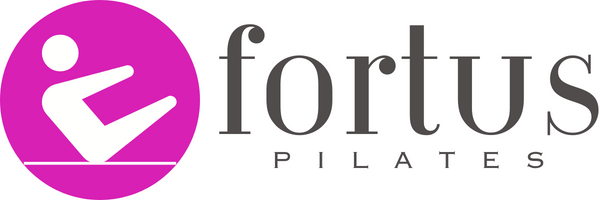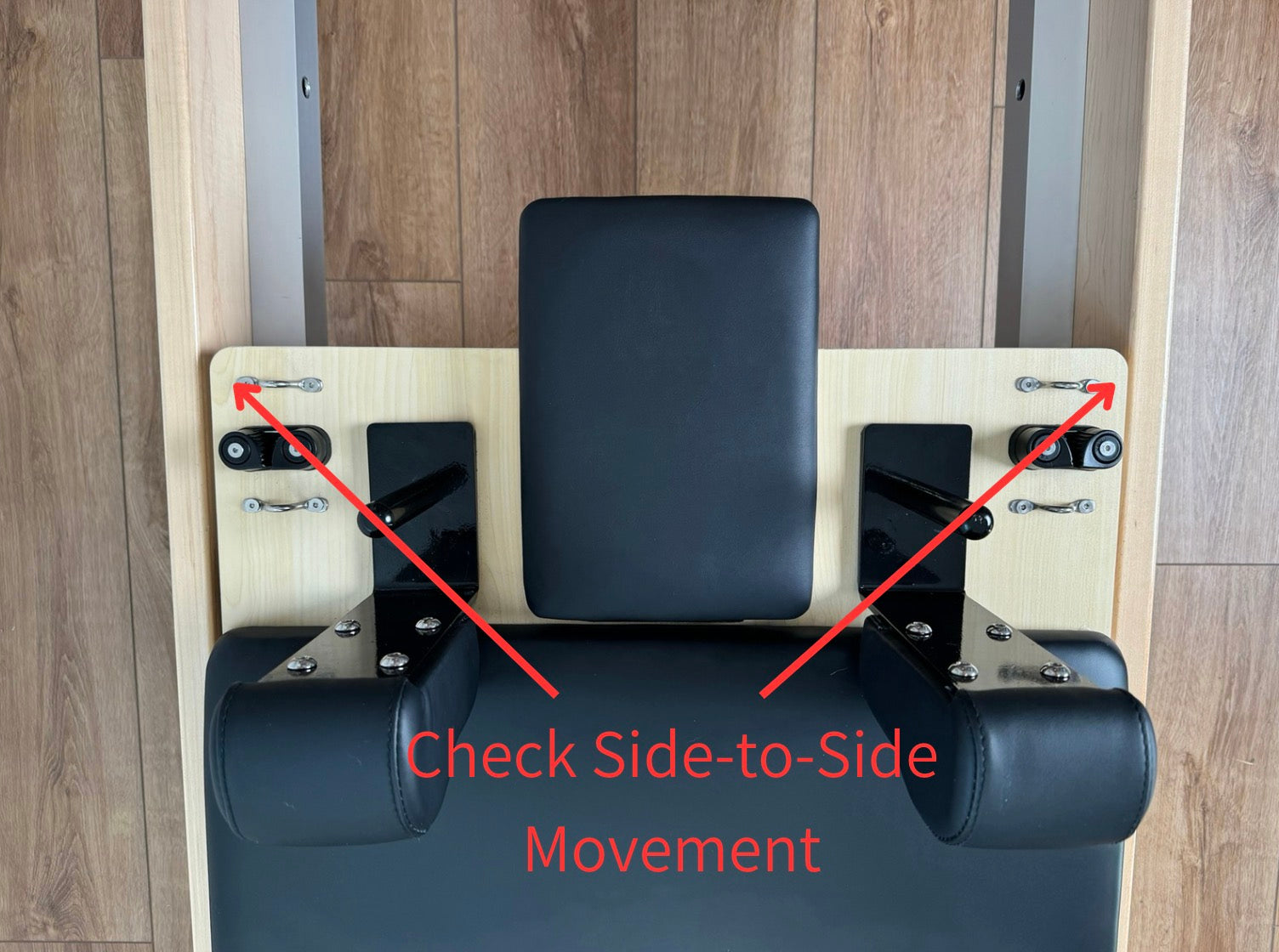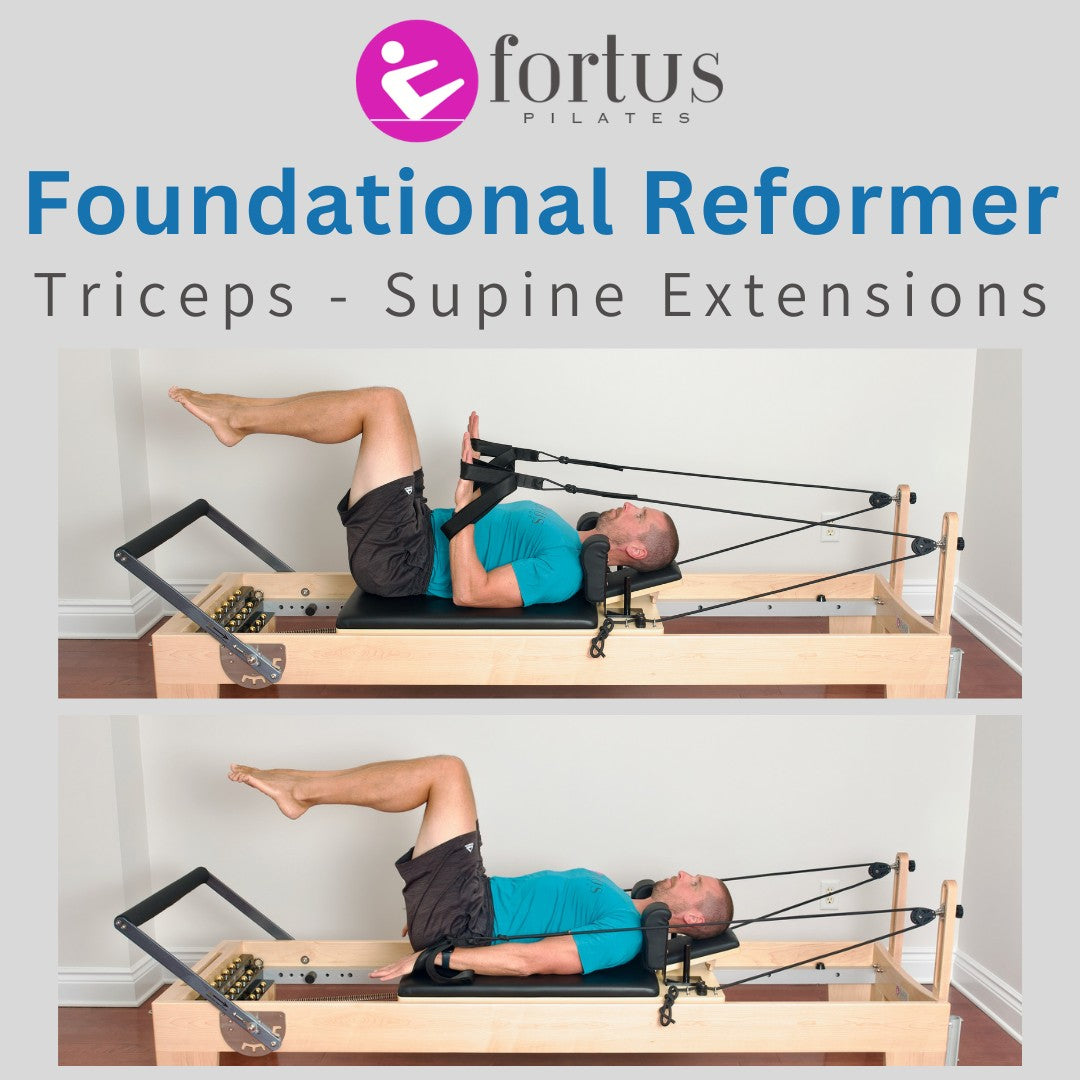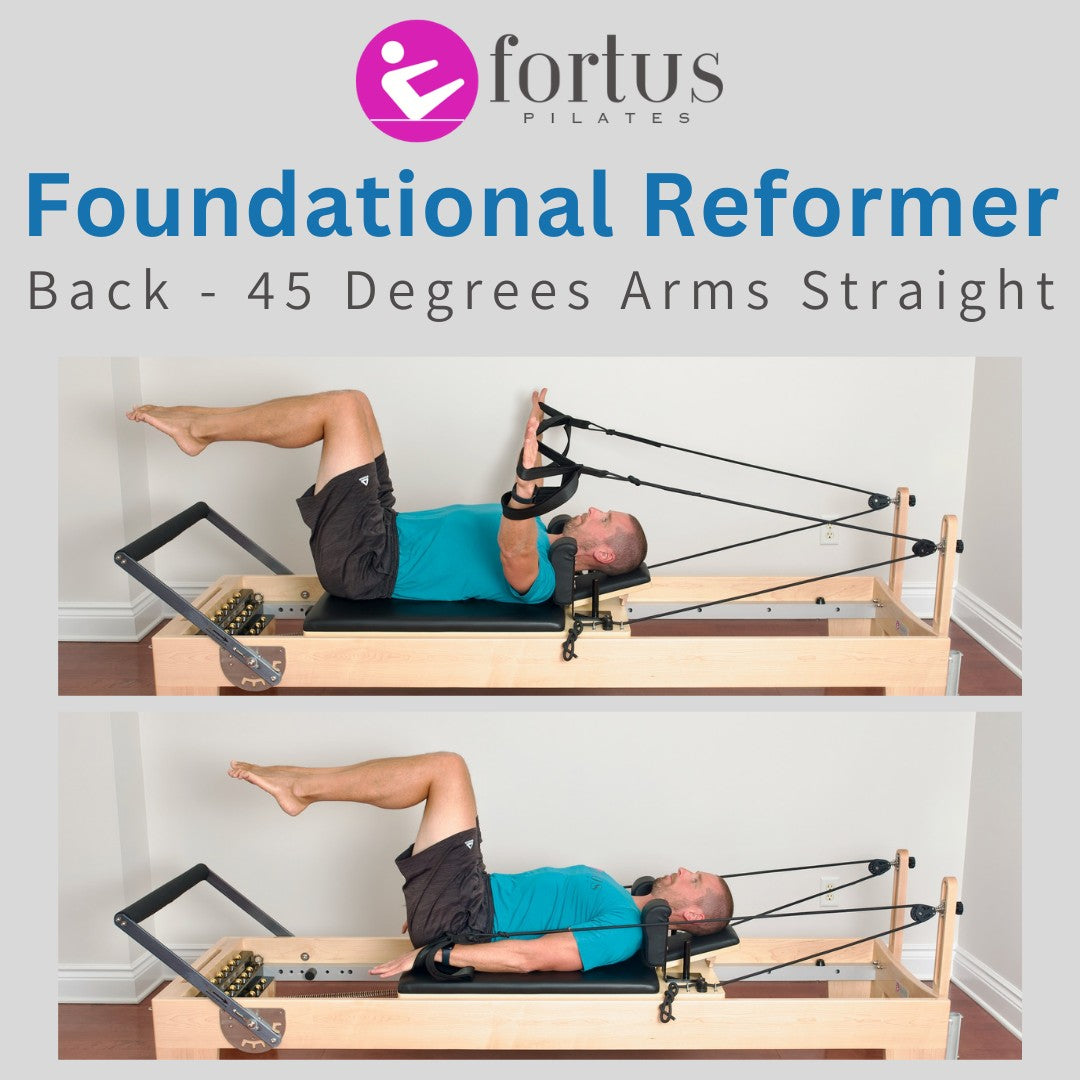
Summary
The Pilates Reformer Heels exercise is designed to strengthen the ankle and knee extenders, as well as calves and quads. Performed with heels pressing against the bar on a reformer, it involves extending and bending the legs, challenging these muscle groups. This exercise not only enhances muscle tone and strength in the lower body but also improves overall leg alignment and stability. It is particularly beneficial for enhancing athletic performance, aiding in injury prevention, and promoting efficient lower body movement.
Purpose
- General warmup of ankle, knee, and hip joints.
- Strengthen ankles, knee extensors, leg adductors, and quadriceps.
- Isolation of leg movement from pelvic movement.
- Increase ankle dorsiflexion range.
Reformer Setup
- Footbar elevated.
- Spring tension moderate to heavy.
- Carriage stoppers adjusted to allow knees to bend to 90 degrees.
- Headrest adjusted for comfort (usually up).
Starting Position
- Supine on the carriage, tailbone centered, hands flat on carriage.
- Heels of feet on footbar, heels and toes together.
- Ankles in dosiflexion.
- Feet point straight up and down. Visualize feet standing against wall.
- Toes relaxed and slightly spread.
- Knees bent at 90 degrees, shoulder width, knees and feet pressing together in active adduction.
- Pelvis and lumbar spine in neutral position.

Starting position.

Foot positioning.
Execution (10-12 Repetitions)
- On exhale, extend legs until legs are straight. Keep knees and legs pressing together in adduciton. Avoid locking out knees completely at top of movement.
- On inhale, bend knees until carriage returns to complete rest against the carriage stops.
- Maintain constant pace throughout entire movement.
- Feet remain in constant vertical orientation (visualize standing on wall) throughout movement. To maintain vertical foot alignment, ankle dorsiflexion will decrease as legs extend and increase as legs bend back to starting position.
- Toes remain straight but relaxed throughout movement.
- All movement comes from the knee and hip joints. Specifically, the ankles do not release from dorsiflexion and the pelvis, and lumbar spine remain fixed.
- Feet stay together and knees track parallel to each other throughout movement.

Position 1. Start.

Position 2. Press out.

Position 3. Return.
Common Mistakes
- Foot position changes during movement. Maintain both foot in constant vertically orientation throughout movement.
- Anterior or posterior pelvic rotation. Maintain pelvis in fixed neutral position.
- Lumbar spine arch changing. Keep lumbar spin in fixed neutral position.
- Distance between knees changes during movement. Maintain knees and legs pressing together in adduction.
Modifications & Variations
- Perform the first 5-6 repetitions at a slower pace, and the last 5-6 repetitions at a faster pace.
- To increase transverse abdominal challenge, reverse breath. Inhale on leg extension, exhale to return.
- After 10-12 repetitions perform small pulses in middle of range.
- Keep ankles at maximum dorsiflexion throughout entire movement. In this variation feet move away from vertical orientation and pull towards you as legs extend.




